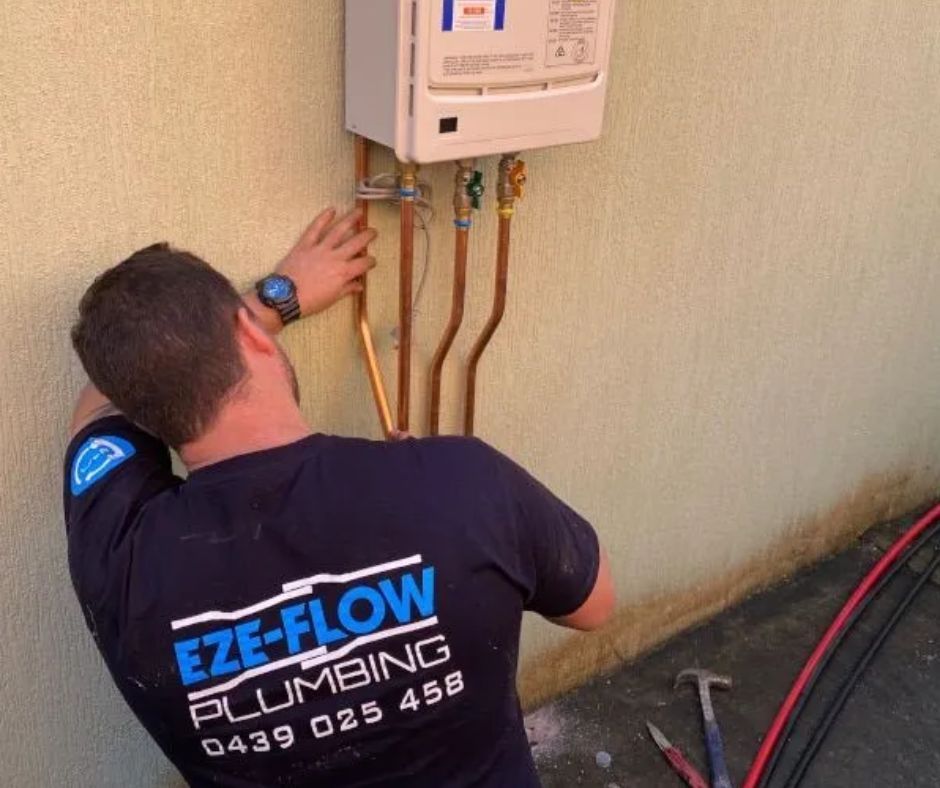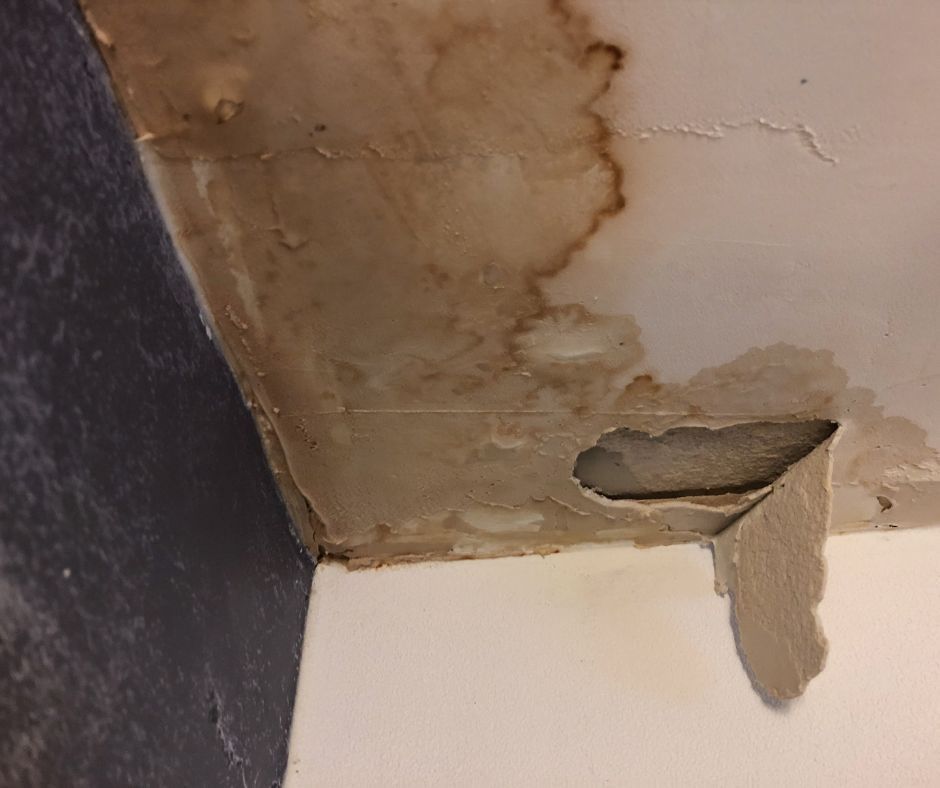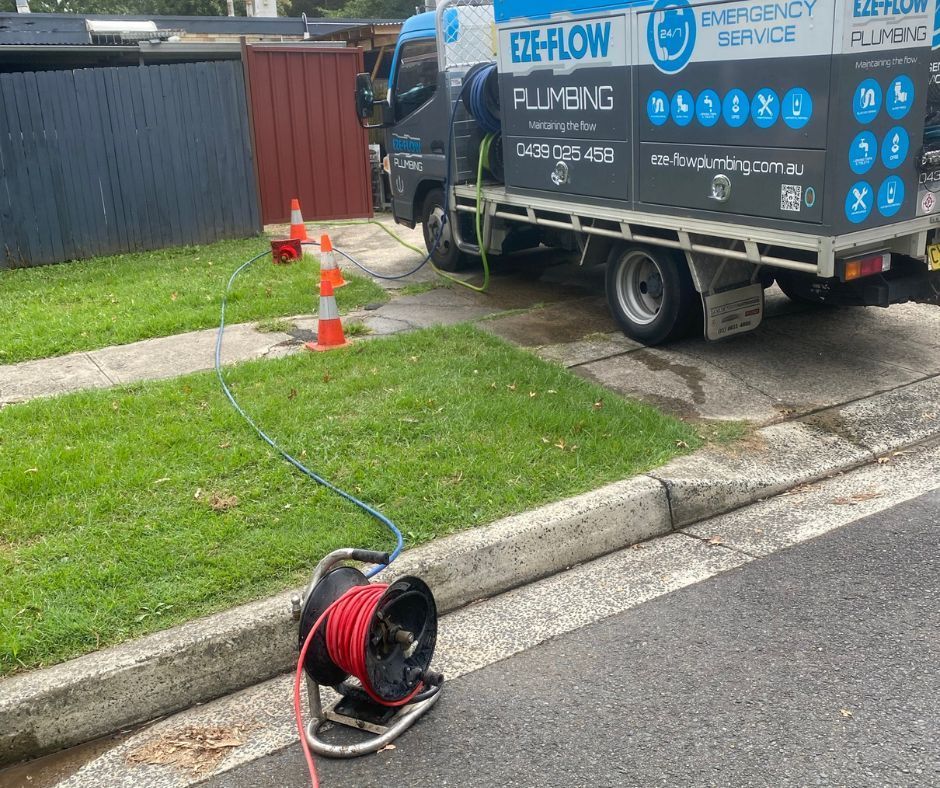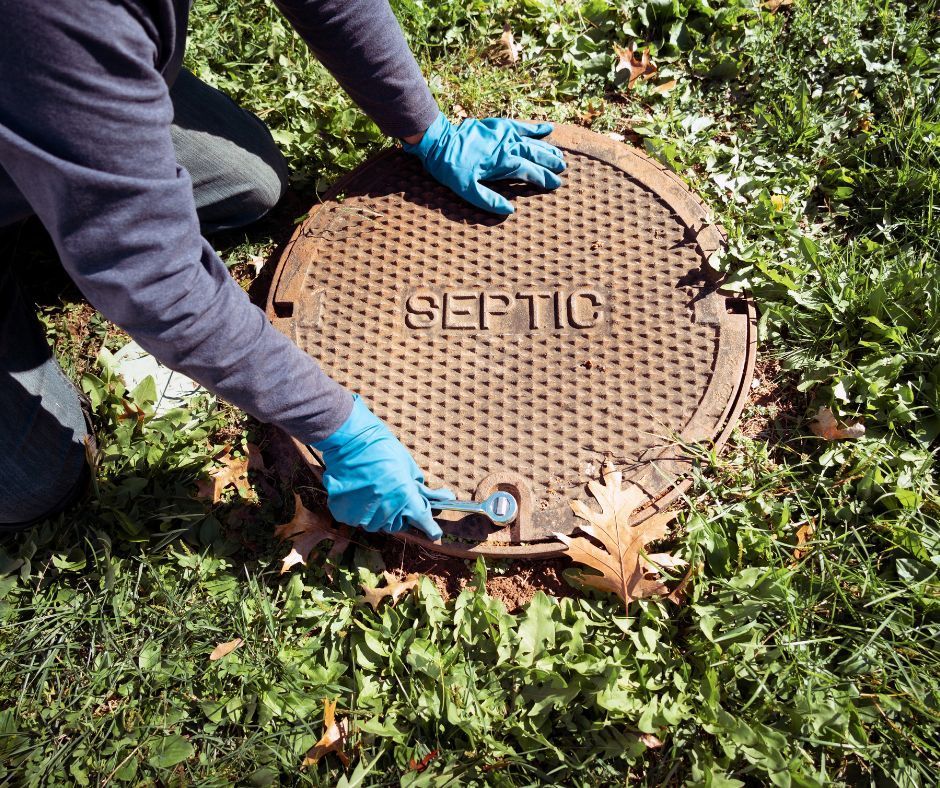Signs of a Faulty Hot Water Tempering Valve
A hot water system tempering valve might not be the star of your hot water system, but it has an important role. It mixes hot and cold water to make sure every tap delivers a safe temperature. Without it, you’re looking at scalding risks, unhappy tenants and possible hazard risks.
Homeowners, landlords, property managers and strata bodies rely on this small valve not only for comfort but for compliance, safety and protection against costly breakdowns.
What Is a Hot Water Tempering Valve?
A hot water system tempering valve is a safety device that blends hot water from your system with cold water to deliver water at a safe, regulated temperature. It’s usually fitted to hot water storage tanks and heaters and is a requirement under Australian plumbing standards.
Its main job is simple. To protect users by making sure water doesn’t come out too hot. For families with children or elderly residents, landlords managing properties or strata bodies overseeing compliance, this device is important.

Function of the Tempering Valve Hot Water Heater
A hot water tempering valve is more than a safety feature. It plays several roles that protect both your household and your plumbing system.
Regulates Water Temperature
It controls the mix, so your hot water stays safe and consistent. This prevents sudden spikes or drops that make showers uncomfortable.
Prevents Scalding
Limiting the maximum water temperature reduces the risk of burns. This is especially important in homes with children, elderly residents or people with reduced sensitivity to heat.
Balances Hot and Cold Supply
The valve adjusts to pressure changes in your system. This means you still get a steady water flow even if someone else turns on another tap.
Improves Efficiency
By preventing overheating, the valve reduces unnecessary energy and water use. This helps lower utility bills over time.
Protects Plumbing Fixtures
Excessive heat can damage taps, pipes and fittings. The valve safeguards your fixtures from stress and prolongs their lifespan.
Supports Legal Compliance
Tempering valves are a requirement under the Australian Plumbing Code. Installing one ensures your system is safe and meets all regulations.
Importance of Hot Water System Tempering Valve
A hot water tempering valve is not optional. They’re legally required across Australia and are necessary for both safety and compliance.
Legal Requirement
Tempering valves are mandatory under Australian Standards. Without one, your hot water system is considered non-compliant and unsafe.
Safety Assurance
The valve keeps water at a safe temperature, protecting occupants from scalding injuries. This is important in both homes and commercial properties.
Critical in Sensitive Settings
Tempering valves are mandatory in facilities such as aged care centres, child care centres and hospitals. These settings rely on precise temperature control to protect vulnerable people.
Standardisation of Water Temperatures
The valve ensures water temperatures stay safe and consistent throughout the property. This avoids sudden hot or cold surges that can happen with pressure changes.
Compliance
For landlords and property owners, installing a tempering valve ensures compliance with Australian regulations and helps meet the requirements of a plumbing and
gas compliance certificate. It also reduces liability risks linked to hot water accidents.
Signs of a Failing Hot Water Tempering Valve
The noise from water hammer is frustrating enough. These are not just harmless sounds, as they can cause costly damage and everyday disruption in your home.
Leaks
Constant vibration at joints and fittings weakens seals over time. Small leaks can go unnoticed, leading to water waste and hidden damage.
Ruptured Pipes
Continuous shock puts stress on pipe walls. Over time, this pressure can cause pipes to crack or burst.
Property Damage
Burst pipes release water into walls, ceilings, and cabinetry. Repairs are often expensive and invasive.
Downtime
Major repairs require shutting off water, disrupting daily routines. This is especially inconvenient for families during peak usage times.
Increased Wear on Appliances
Pressure surges shorten the lifespan of washing machines and dishwashers. Repairs and replacements add extra costs.
Mould and Dampness
Hidden leaks create moist spaces behind walls and floors. These conditions often lead to mould growth.
Unpleasant Noise
The loud banging can disturb daily routines. For many households, it even disrupts sleep.
Higher Water Bills
A burst water pipe wastes large amounts of water without being obvious. Over time, water bills increase without warning.
Structural Damage Over Time
Older and multi-storey homes are most at risk. Long-term hammering weakens building materials and structure.
How to Replace a Hot Water System Tempering Valve
A tempering valve is part of your gas plumbing and hot water system, meaning it must only be serviced or replaced by a licensed plumber. DIY replacements are unsafe, non-compliant and could leave you liable if an accident occurs.
Professional plumbers ensure the valve is installed correctly, thoroughly tested for water pressure and certified for compliance. This not only keeps your system safe but also extends its lifespan.
Call Eze-Flow Plumbing for Your Hot Water Needs Today!
Eze-Flow Plumbing has years of experience working with hot water systems of all types. Our plumbers are licensed professionals skilled in Rheem and Rinnai repairs, as well as hot water system upkeep. We service homes, strata properties and commercial sites across Northern Beaches, North Shore and nearby suburbs.
Schedule a hot water inspection with us today to keep your property safe, compliant and comfortable with reliable
hot water service from a trusted local team.











































































































